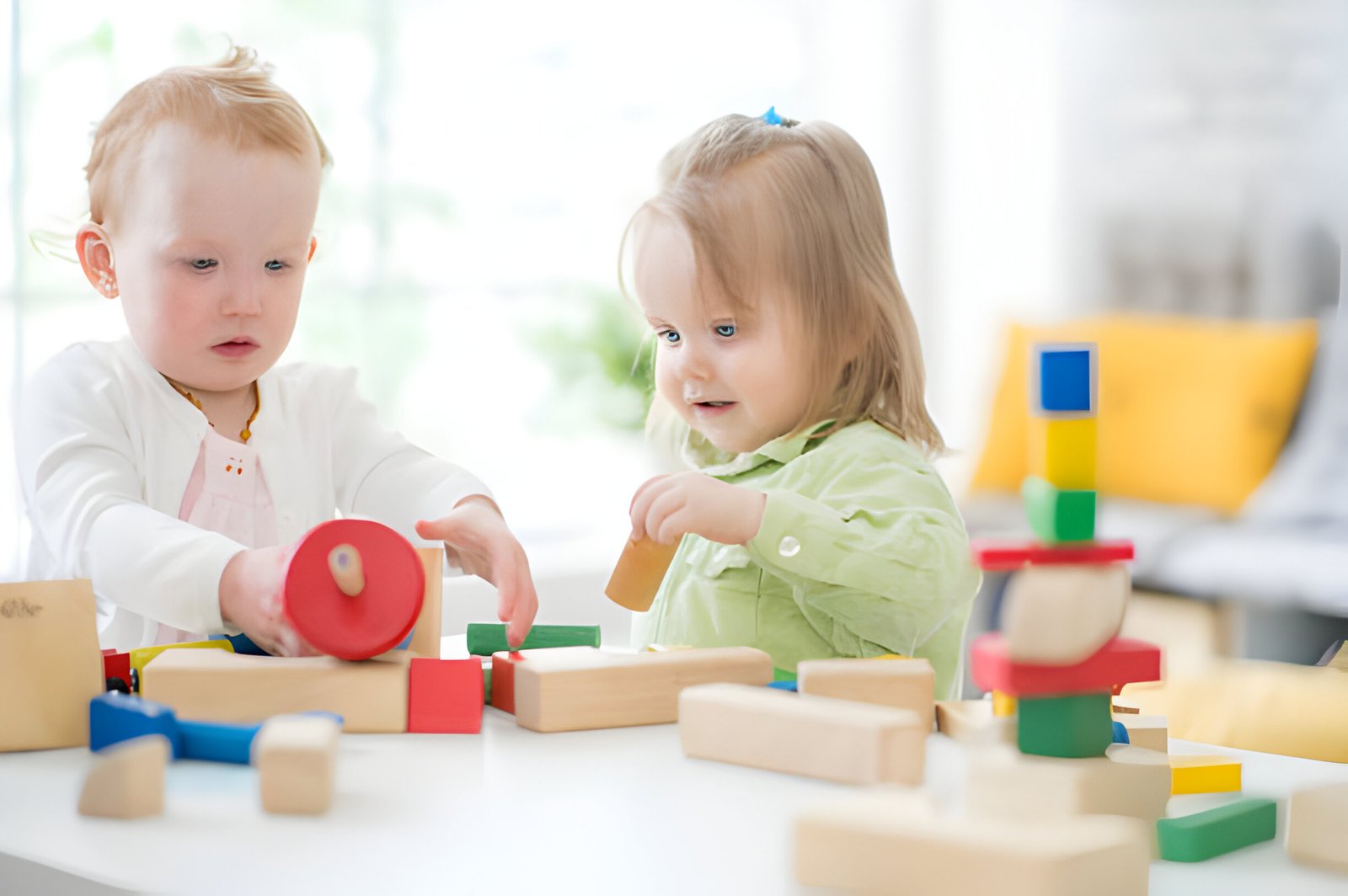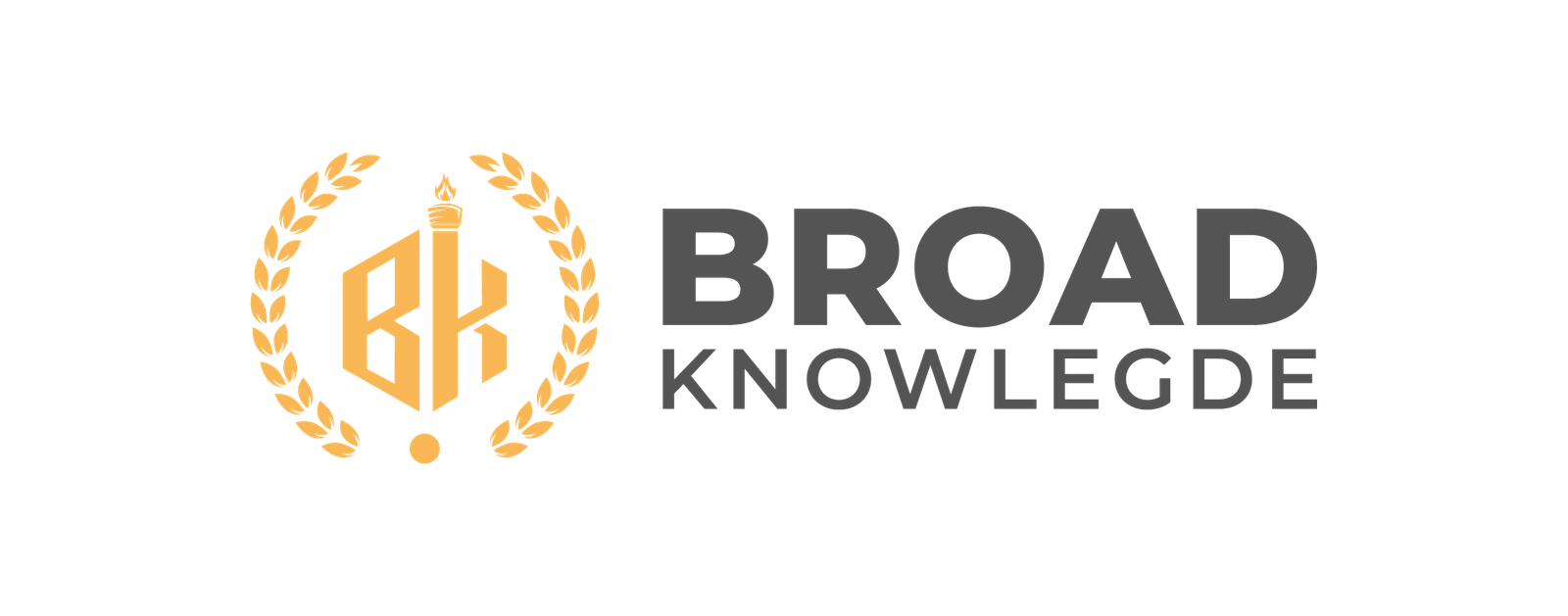
Image Credit: Getty Images
Selecting the right montessori toys for 1 year old can profoundly impact their early development, offering a foundation for learning that is both engaging and educational. The Montessori method emphasizes toys that are grounded in real-life experiences, fostering independence and cognitive development from a tender age. Studies have shown that the right toys can enhance child development, making the choice of montessori toys for 1 year old critical for parents who are keen on providing their children with the best start in life. These toys not only support the development of fine motor skills but also encourage sensory exploration and problem-solving abilities.
This article delves into the world of montesorri toys, providing parents with an ultimate list of montessori toys for 1 year old that are designed to foster child development in various areas. From building blocks that enhance fine motor skills to sensory toys that stimulate exploration, the discussion extends to toys that support spatial awareness and eco-friendly options that uphold sustainable practices. By offering a comprehensive overview of the best Montessori toys tailored to one-year-olds, the article aims to assist parents in making informed decisions that support their child’s growth and development in a meaningful way.
Understanding Montessori Toys and Their Benefits
Definition and Philosophy
Montessori toys, though not officially categorized as such, align closely with the Montessori educational philosophy, which emphasizes natural, purposeful learning experiences. These toys ignite a child’s curiosity and encourage learning through repetition and real-life experiences. The philosophy, founded by Dr. Maria Montessori, supports child development by fostering independence and a natural desire to learn, focusing on hands-on activities and self-directed play. Montessori toys are crafted to provide children with opportunities to explore the world at their own pace, promoting both cognitive and emotional growth.
Key Characteristics of Montessori Toys
Montessori toys are distinguished by several key characteristics that enhance their educational value:
- Natural Materials: Toys made from wood, fabric, and metal offer varied sensory experiences and are typically more environmentally friendly than plastic alternatives. These materials help children connect with the natural world.
- Simplicity and Focus: These toys are designed without electronic components or flashy lights, which encourages children to engage more deeply with the toy and fosters concentration.
- Real-Life Alignment: Toys that mimic real-life objects and scenarios help children understand their environment and develop practical life skills.
- Independence and Problem-Solving: Montessori toys often require children to manipulate parts or solve problems independently, which enhances their decision-making and critical thinking skills.
Cognitive and Physical Benefits
The benefits of Montessori toys extend across various developmental areas:
- Cognitive Development: By engaging with toys that require sorting, building, or sequencing, children enhance their problem-solving skills and cognitive flexibility.
- Motor Skills: Toys that involve threading beads or stacking blocks help refine fine motor skills, preparing children for writing and other precise movements.
- Sensory and Physical Development: The use of natural materials provides a rich sensory experience, crucial for brain development. Activities like climbing or balancing also promote gross motor skills and physical health.
- Social and Emotional Growth: As children play with Montessori toys, they learn to share, collaborate, and express themselves, which are vital components of social and emotional development.
Through these toys, children not only learn about the world around them but also build a strong foundation for lifelong learning and independence.
Top Montessori Toys for Developing Fine Motor Skills
Montessori toys are crafted to enhance various developmental skills in young children, with a particular focus on fine motor skills which are crucial for tasks such as writing and manipulating small objects. Here, we explore some of the top Montessori toys that are effective in developing these skills in one-year-olds.
Ring Stacker
The Ring Stacker is an exemplary toy that encourages young children to improve their fine motor skills and spatial awareness. It involves stacking colorful rings onto a base, which not only enhances hand-eye coordination but also allows children to differentiate between colors and sizes. The transparent center tube adds an element of fun as children can drop balls into it and retrieve them, promoting exploration and curiosity. This toy is suitable for children as young as six months and remains appropriate up to the age of two, making it a versatile and enduring option in the development of fine motor skills.
Shape Sorters
Shape sorters are classic educational toys that play a pivotal role in cognitive development. By matching various shapes to corresponding holes, children enhance their problem-solving skills and hand-eye coordination. These toys are designed to be challenging yet manageable, encouraging children to think critically and develop spatial awareness. The act of manipulating the shapes to fit into the slots also improves fine motor skills, such as grasping and precision. Furthermore, shape sorters are beneficial for teaching children the names of different shapes and colors, enriching their vocabulary and understanding of the world.
Simple Puzzles
Simple puzzles are fundamental in fostering fine motor skills among toddlers. These puzzles typically feature large, easy-to-handle pieces that are perfect for little fingers. Engaging with puzzles helps children develop hand-eye coordination and problem-solving abilities. They learn to recognize patterns and understand the concept of a ‘fit’ between puzzle pieces, which is crucial for cognitive development. Puzzles also offer opportunities for children to learn about different themes, such as animals or vehicles, which can make the learning process enjoyable and relevant to their interests.
By incorporating these toys into their playtime, children not only develop essential motor skills but also lay a strong foundation for future learning. These Montessori toys are designed to be both educational and engaging, ensuring that children enjoy their developmental journey.
Video Credit: YouTube
Best Montessori Toys for Encouraging Sensory Development
Sensory development is a crucial aspect of early childhood growth, and Montessori toys designed to stimulate the senses can play a significant role in this process. These toys engage children’s sense of touch, sight, sound, and movement, helping them explore and understand the world around them. Here are some of the best Montessori toys that are particularly effective in encouraging sensory development.
Textured Balls
Textured balls are excellent tools for sensory exploration. These balls come in various materials, textures, and colors, allowing children to experience different tactile sensations. Playing with textured balls helps develop a child’s sense of touch and can also enhance their motor skills as they grasp, roll, and toss the balls. Additionally, the bright colors and diverse textures stimulate visual and tactile senses, aiding in cognitive development.
Musical Instruments
Musical instruments like tambourines, maracas, xylophones, and drums are vital for sensory development in young children. These instruments create fascinating sounds that capture children’s attention, encouraging them to explore different sound patterns and rhythms. Engaging with musical instruments helps develop auditory skills and can also aid in improving hand-eye coordination and fine motor skills as children learn to manipulate various elements of the instruments.
Sensory Boards
Sensory boards, or busy boards, are panels that include a variety of objects such as latches, knobs, buttons, and textured fabrics. These boards are designed to promote tactile exploration and can significantly enhance fine motor skills and problem-solving abilities. Sensory boards allow children to discover and interact with everyday objects, providing a safe and educational way to learn about their environment. The diverse elements on a busy board help children develop recognition skills for different textures and objects, making it an invaluable learning tool.
Each of these Montessori toys offers unique benefits and can be integrated into daily play to support and enhance a child’s sensory development. By incorporating these toys, parents and educators can provide children with engaging, educational experiences that foster early learning and development.
Montessori Toys for Enhancing Spatial Awareness and Problem-Solving
Montessori toys play a pivotal role in enhancing spatial awareness and problem-solving skills in young children. These toys, characterized by their simplicity and focus on hands-on learning, enable children to explore and understand spatial relationships through engaging activities. Here we explore three specific Montessori toys that are particularly effective in developing these crucial skills.
Building Blocks
Wooden building blocks, such as the Woodwerks Nature Blocks from Fat Brain Toys, are fundamental in fostering spatial awareness and creativity. These blocks allow children to construct various structures, from simple towers to intricate forts, encouraging them to think spatially and solve structural challenges. The act of balancing and arranging the blocks also enhances fine motor skills and hand-eye coordination, making building blocks an indispensable tool in a child’s developmental toolkit.
Coin Box
The Montessori & Me Coin Box is a unique educational tool that introduces children to the concept of object permanence while simultaneously enhancing their problem-solving and motor skills. As children drop wooden coins into the slot of the box, they learn to anticipate the outcome, fostering their cognitive development. The self-correcting nature of the toy allows children to learn from their mistakes independently, promoting a deeper understanding of cause and effect.
Threadable Beads
Threadable beads offer a hands-on experience that is not only fun but also educational. These beads help children develop fine motor skills as they pick up and thread each bead onto a string. The activity requires precision and coordination, which are essential for handwriting and other academic tasks. Additionally, threadable beads can be used to teach patterns, colors, and counting, making them a versatile tool for cognitive development.
By integrating these Montessori toys into their playtime, children not only learn important spatial and problem-solving skills but also gain confidence in their ability to interact with the world around them. These toys provide a foundation for academic skills in mathematics and science, proving that learning can be both effective and enjoyable.
Sustainable and Eco-Friendly Montessori Toy Options
Importance of Sustainable Materials
The shift towards sustainable materials in Montessori toys is not just a trend but a necessity, aimed at reducing environmental impact and safeguarding children’s health. Toys made from eco-friendly materials such as wood, bamboo, organic cotton, and recycled plastics are pivotal in this movement. These materials are not only renewable and biodegradable but also free from harmful chemicals, making them safer for children and the planet. By choosing toys crafted from such materials, parents and educators contribute to a sustainable future, while also instilling values of environmental responsibility in young learners.
Recommended Brands and Products
Several brands are at the forefront of producing sustainable and eco-friendly Montessori toys, each with a unique approach to environmental stewardship. For instance, Our Green House offers toys made from natural materials that are either locally sourced or certified by fair trade standards. Grimm’s, a family-owned company from Germany, uses FSC-certified wood and non-toxic finishes for their colorful toys. Plantoys focuses on materials like reclaimed rubber trees and sawdust, transforming them into durable toys with non-toxic dyes and glues.
Essential Montessori and Mirus Toys are notable for their use of US-sourced birch wood and natural dyes made from vegetables, ensuring safety and sustainability. Similarly, Montessori & Me emphasizes non-toxic paints and sustainably forested wood in their manufacturing process. These brands not only provide safe toys but also promote eco-conscious manufacturing practices that parents can trust.
How to Choose Eco-Conscious Toys
Choosing eco-conscious Montessori toys involves more than just selecting products made from natural materials. Parents and educators should look for toys that are durable, designed to last and be passed down through generations, thus reducing waste. It’s also important to consider the manufacturing process, including the use of renewable energy and minimal packaging. Additionally, supporting brands that are transparent about their sourcing and production practices can make a significant difference in promoting sustainable industry standards.
When selecting these toys, consider their educational value and how they align with the Montessori principles of self-directed learning and realistic play. Toys that are versatile and encourage open-ended play are not only more sustainable but also more beneficial for child development, allowing children to use their creativity and imagination extensively.
Conclusion
Throughout this exploration of Montessori toys for 1-year-olds, the emphasis has remained on selecting toys that provide valuable learning experiences through play. We highlighted the importance of toys that foster fine motor skills, sensory exploration, spatial awareness, and problem-solving abilities, all while upholding the Montessori philosophy of independence and hands-on learning.
Our discussions also ventured into the significance of choosing sustainable and eco-friendly options, revealing how such choices not only benefit our children but also contribute to a healthier planet. These toys, by their design and nature, support early childhood development in a holistic and meaningful way.
As parents and educators make informed decisions about the toys they introduce to their children, the selections made should encompass toys that are not only engaging but also serve a developmental purpose.
The ultimate list provided aims to assist in navigating the vast world of Montessori toys, ensuring that each choice actively contributes to the growth and learning journey of young minds. By prioritizing toys that align with these principles, we lay a foundation for a future where children are not only cognitively and physically developed but are also empathetic and environmentally conscious individuals.
FAQs
What toys are most beneficial for engaging one-year-olds?
For one-year-olds, simpler toys that allow for open-ended play are generally more engaging. Items such as blocks, shape sorters, and anything they can bang together are highly recommended. Additionally, toys that encourage pretend play like dolls, play kitchen items, sensory balls, and touch-and-feel books are also very beneficial.
What is the recommended number of toys to have out for a Montessori setup?
In a Montessori setting, it’s advisable to start with about 6-12 materials displayed on the shelves. If unsure of the initial number, begin with six and adjust as needed based on how the child interacts with the toys.
Why are plastic toys generally not included in Montessori educational materials?
Montessori educational philosophy prefers softer, more muted colors over the bright primary colors often found in plastic toys. The reason behind this preference is to create a calming environment that enhances concentration and prevents overstimulation in children.
What is the Montessori method for decluttering children’s toys?
The Montessori approach to decluttering toys involves several steps:
- Make a list of toys you intend to keep.
- Discard any toys that are broken or missing parts.
- Organize the remaining toys by category.
- Rotate the toys frequently to maintain interest.
- Create a designated toy box to store the toys efficiently.








